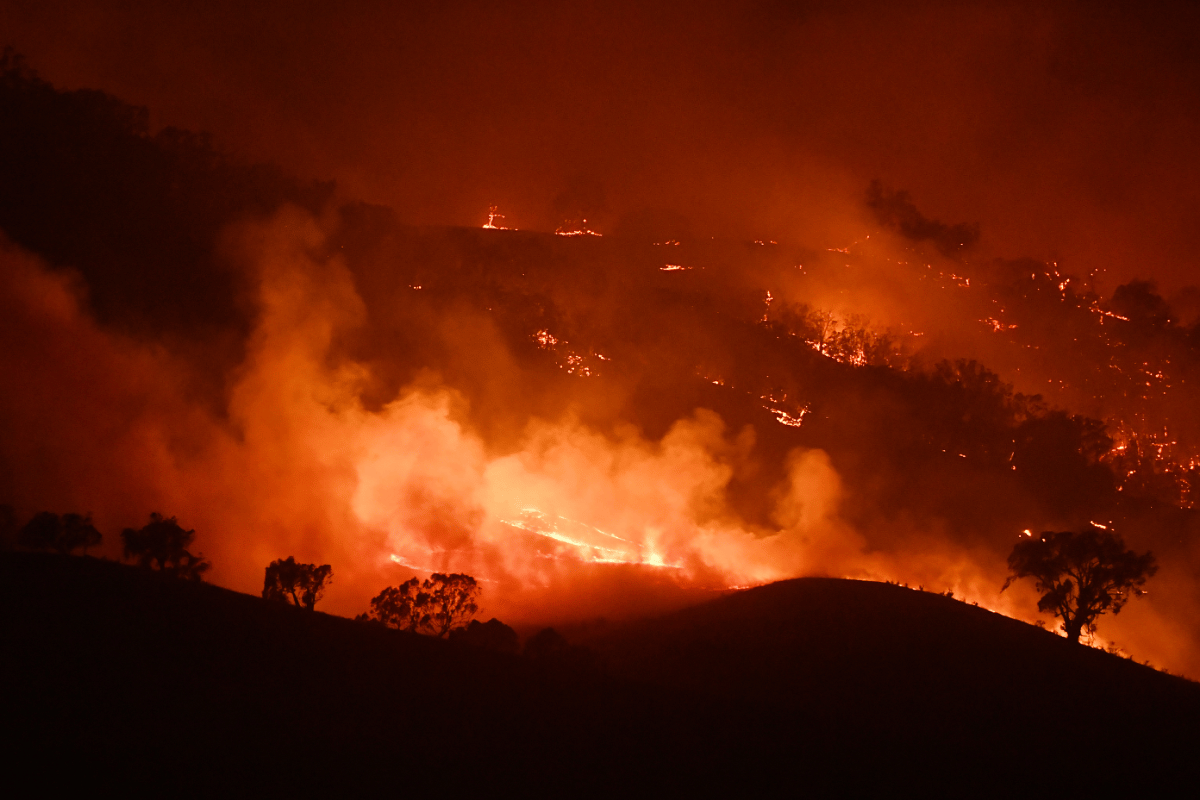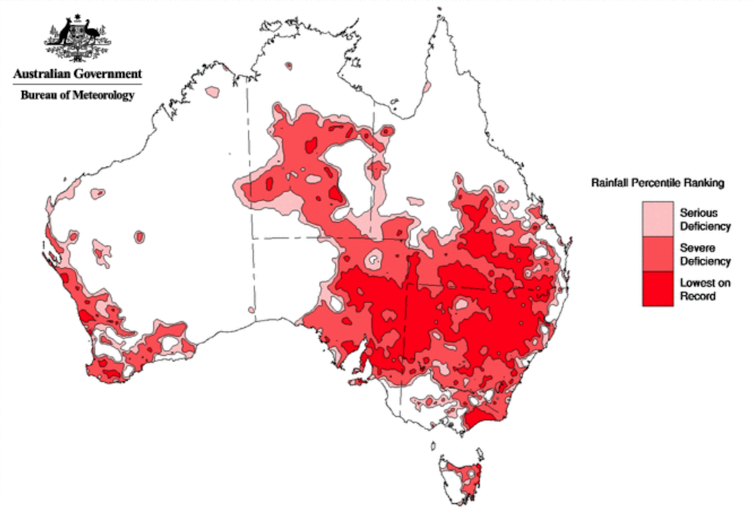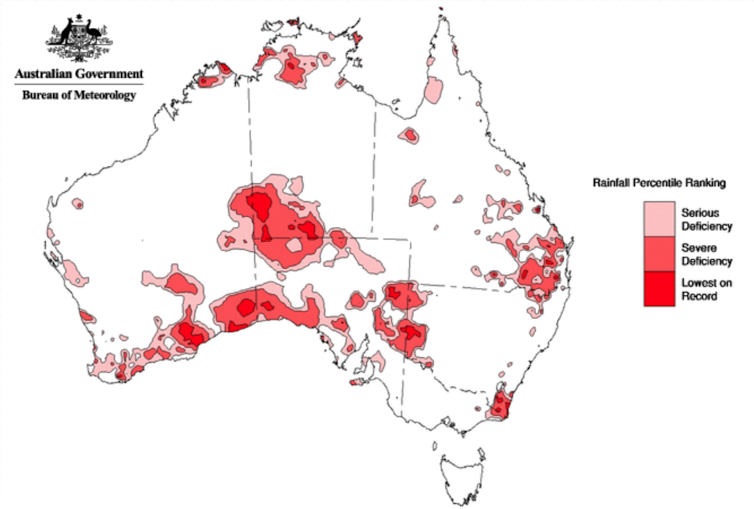
Last season’s bushfires directly killed 34 people and devastated more than eight million hectares of land along the south-eastern fringe of Australia.
A further 445 people are estimated to have died from smoke-induced respiratory problems.
The burned landscape may take decades to recover, if it recovers at all.
Watch: Make a bushfire survival plan. Post continues below.
While it’s become known colloquially as the Black Summer, last year’s fire season actually began in winter in parts of Queensland. The first fires were in June.
So will the 2020 fire season kick off this month? And is last summer’s inferno what we should expect as a normal fire season? The answer to both questions is no. Let’s look at why.
Last fire season
First, let’s recap what led to last year’s early start to the fire season, and why the bushfires became so intense and extensive.
The fires were so severe because they incorporated five energy sources. The most obvious is fuel: live and dead plant material.
The other sources bushfires get their energy from include the terrain, weather, atmospheric instability and a lack of moisture in the environment such as in soil, timber in houses and large woody debris.


